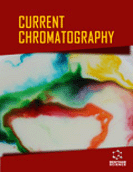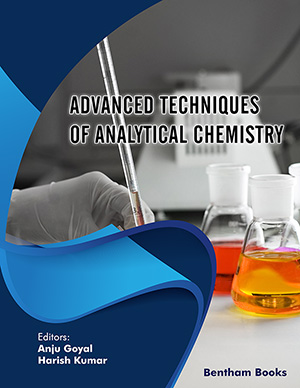Abstract
Background: Cationic surfactants (CSs) such as quaternary ammonium compounds are used as fabric softeners, anti-bacterial agents, and human hair cosmetics. Accurate determination of CSs in environmental water samples is very difficult because of their very low concentration and strong adsorptivity to not only glassware but also to plasticware due to strong hydrophobic and electrostatic attractions. Linear alkylbenzene sulfonates (LASs), anionic surfactants, are produced in the largest quantity as the main components of laundry detergents, dishwashing liquids, and other cleaning formulations. In this study, a liquid chromatography/mass spectrometry (LC/MS) method was developed for simultaneous determination of CSs, cetyltrimethylammonium ion (CTMA) and trimethylstearylammonium ion (TMSA), and LASs in environmental water samples.
Materials and Methods: This method involves a solid-phase extraction of CSs and LASs from the water samples using a solid-phase extraction cartridge, InertSep Slim-J PLS-3. A hydrophilic polymer column, Shodex MSpak GF-310 4D was used for the separation of CSs and LASs with a mobile phase gradient from 36 to 44 % (v/v) acetonitrile-water containing 0.8 mM di-nbutylammonium acetate and 0.2 M acetic acid. Di-n-butylammonium ion acts as the ion-pair reagent for retention of LASs on the column, while it makes the retention of CSs moderate. Positive and negative electrospray ionization modes were used for the MS detection for CSs and LASs, respectively.
Results and Discussion: Instrument detection limits of the developed method based on selected ion monitoring technique for the mixed standard solutions of CSs and LASs were 3 and 6 ng L-1 for CTMA and TMSA, respectively and 13 – 47 ng L-1 for the C10-C14 LASs. The total concentration of the CSs was determined to be 6.6 μg L-1 for river water (Ebi river, Japan) and 0.028 μg L-1 for seawater (Tokyo Bay, Japan) samples. The concentration of total LAS was determined to be 1122 μg L-1 for the river and 10.8 μg L-1 for the seawater samples.
Conclusion: These results demonstrate that the solid-phase extraction and the LC/MS method developed in this study are useful for the simultaneous determination of trace amounts of CSs and LASs in environmental water samples.
Keywords: Cationic surfactants, anionic surfactants, liquid chromatography, mass spectrometry, river water, seawater.
[http://dx.doi.org/10.1002/etc.5620130507]
[http://dx.doi.org/10.1016/0021-9673(93)83404-G]
[http://dx.doi.org/10.1016/S0048-9697(00)00825-1] [PMID: 11305345]
[http://dx.doi.org/10.1016/S0048-9697(01)00873-7] [PMID: 11846157]
[http://dx.doi.org/10.2116/analsci.20.143] [PMID: 14753273]
[http://dx.doi.org/10.1002/etc.5620110415]
[http://dx.doi.org/10.1021/ac900900y] [PMID: 19739657]
[http://dx.doi.org/10.1016/S0021-9673(03)00565-X] [PMID: 12862380]
[http://dx.doi.org/10.1016/S0021-9673(99)01219-4] [PMID: 10720266]
[http://dx.doi.org/10.1021/ac990453q] [PMID: 21662732]
[http://dx.doi.org/10.1021/ac00253a054]
[http://dx.doi.org/10.1021/ac00246a037]
[http://dx.doi.org/10.1016/S0021-9673(98)00939-X]
[http://dx.doi.org/10.1021/ac990453q] [PMID: 21662732]
[http://dx.doi.org/10.1016/j.chroma.2011.04.009] [PMID: 21514936]
[http://dx.doi.org/10.1016/j.chroma.2010.11.088] [PMID: 21194696]
[http://dx.doi.org/10.2116/analsci.34.369] [PMID: 29526907]
[http://dx.doi.org/10.1002/jssc.201700081] [PMID: 28590082]
[http://dx.doi.org/10.1039/c1cp20704k] [PMID: 21818466]
[http://dx.doi.org/10.1016/j.chroma.2004.03.065] [PMID: 15248424]
[http://dx.doi.org/10.1016/0021-9673(93)83224-G]
[http://dx.doi.org/10.1007/BF02268770]
 7
7

















